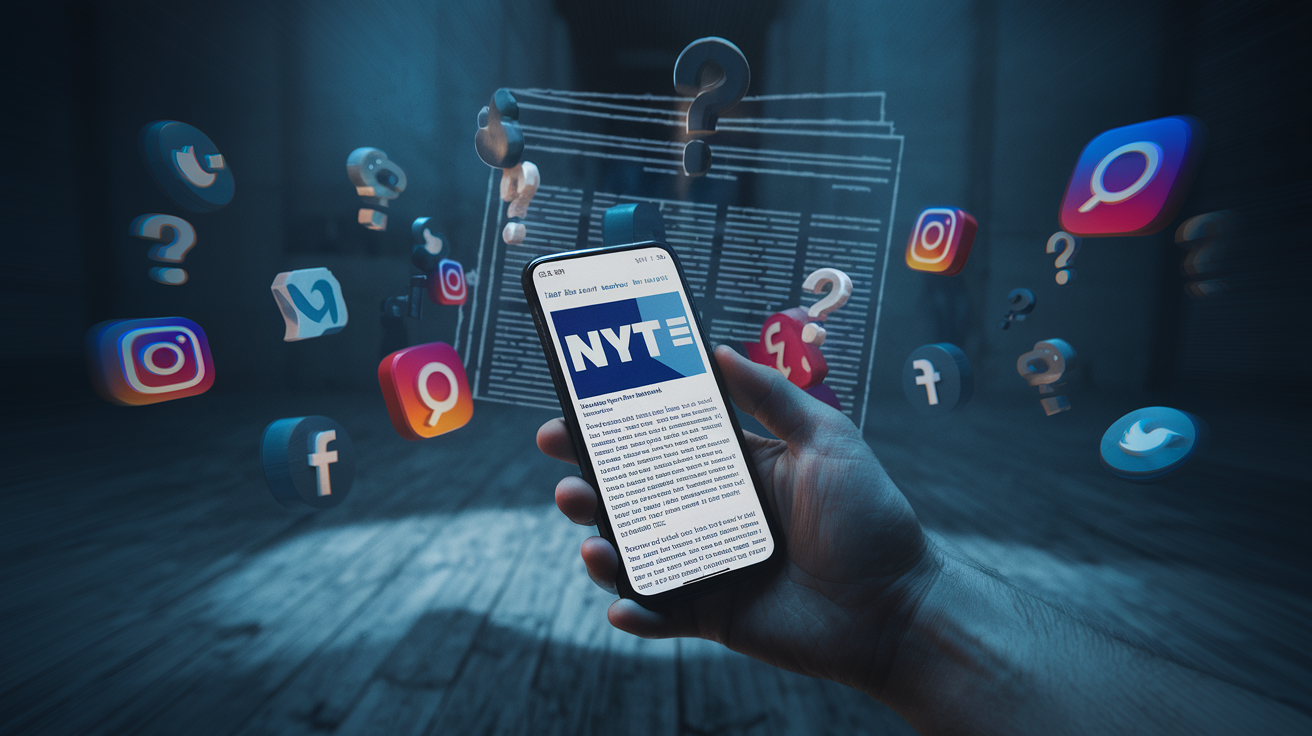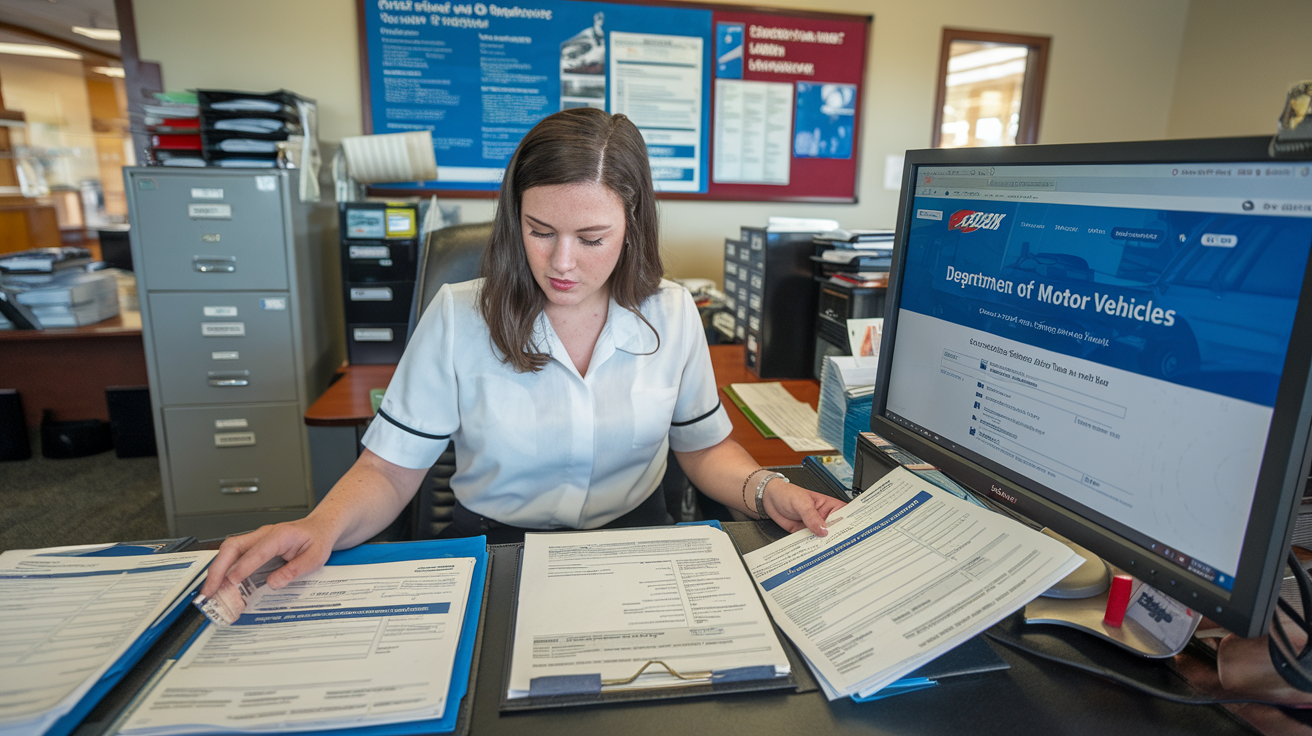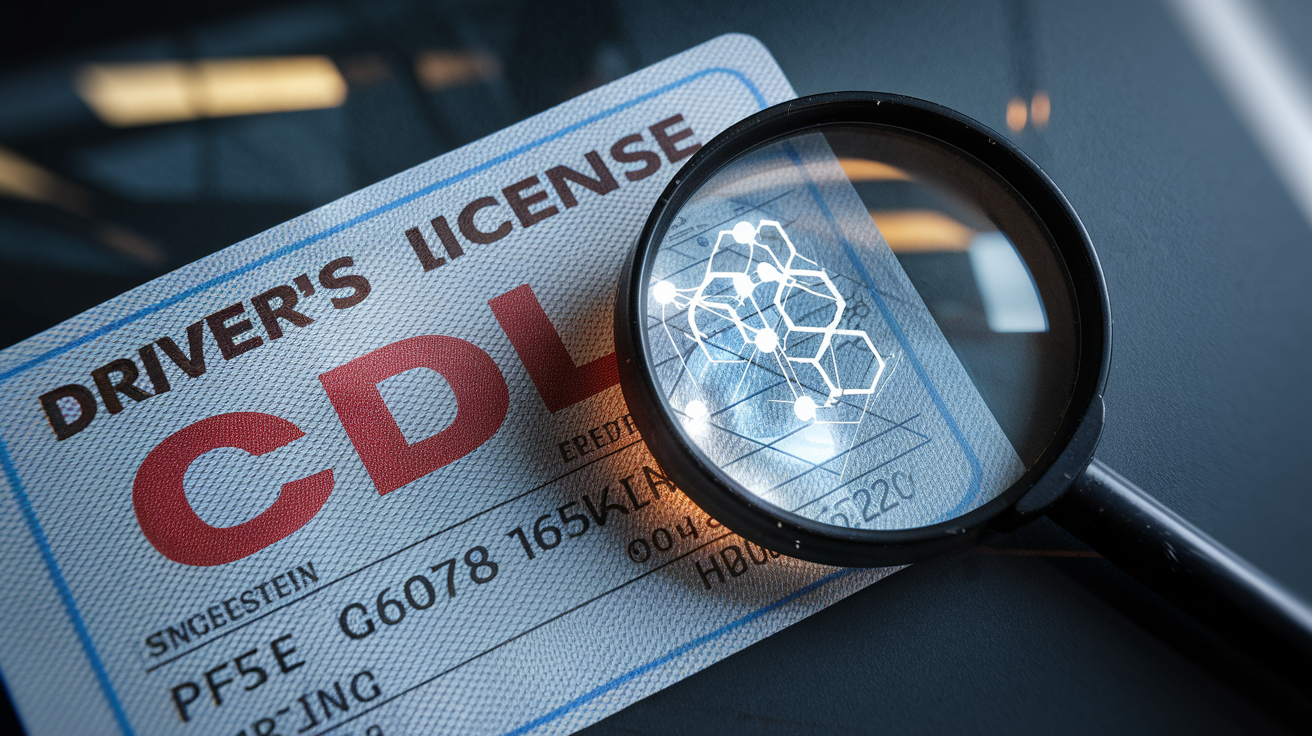Have you ever wondered about the dark underbelly of the trucking industry? 🚛 Imagine a world where unqualified drivers navigate massive 18-wheelers on our highways, armed with nothing but a fake scannable Commercial Driver’s License (CDL) That goes through all checked points un-noticed? It’s a chilling reality that threatens road safety and undermines the integrity of the transportation sector.
The rise of counterfeit CDLs has become a pressing concern for law enforcement and legitimate truckers alike. These fraudulent documents not only put lives at risk but also tarnish the reputation of hardworking, qualified drivers. As the demand for quick and easy licensing solutions grows, so does the sophistication of fake CDL operations. But what exactly are these fake licenses, and how can we protect ourselves and our roads from this dangerous deception?
In this eye-opening exploration, we’ll delve into the shadowy world of fake CDL licenses. From understanding their origins to unmasking their tell-tale signs, we’ll equip you with the knowledge to spot these fraudulent documents. We’ll also examine the severe consequences faced by those who dare to use them and discuss the ongoing battle to stamp out this illegal practice. Buckle up as we uncover the truth behind fake CDL licenses and learn how to safeguard our highways from unqualified drivers.
Understanding Fake CDL Licenses
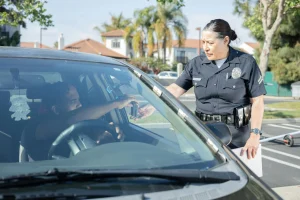
What is a CDL license?
A Commercial Driver’s License (CDL) is a specialized license required for operating large, heavy, or placarded hazardous material vehicles in the United States. It’s issued by state governments and regulated by the Federal Motor Carrier Safety Administration (FMCSA).
Types of fake CDL licenses
Fake CDL licenses come in various forms, each with its own level of sophistication:
-
Photocopied licenses
-
Digitally altered licenses
-
Completely fabricated licenses
-
Stolen blank license templates
| Type | Description | Difficulty to Detect |
|---|---|---|
| Photocopied | Simple copy of a genuine license | Easy |
| Digitally altered | Modified genuine license | Moderate |
| Fabricated | Created from scratch | Difficult |
| Stolen blanks | Uses authentic materials | Very difficult |
Reasons behind the emergence of fake CDLs
Several factors contribute to the rise of fake CDL licenses:
-
High demand for commercial drivers
-
Stringent CDL requirements
-
Cost and time associated with obtaining a legitimate CDL
-
Desire to bypass background checks or medical requirements
Legal implications of using fake CDLs
Using a fake CDL carries severe legal consequences:
-
Heavy fines
-
Imprisonment
-
Permanent disqualification from obtaining a legitimate CDL
-
Criminal record affecting future employment opportunities
The severity of penalties often depends on the specific circumstances and jurisdiction. Now that we’ve covered the basics of fake CDL licenses, let’s delve into how these counterfeit documents are manufactured.
The Manufacturing Process of Fake CDLs
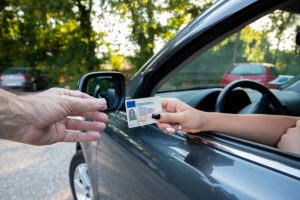
Common techniques used in creating counterfeit licenses
Counterfeiters employ various sophisticated methods to produce fake CDL licenses that closely resemble genuine ones:
-
Digital manipulation
-
Hologram replication
-
UV ink simulation
-
Microprinting imitation
These techniques aim to replicate security features found in authentic licenses. For instance, digital manipulation allows forgers to alter existing license templates or create new ones from scratch.
Materials and equipment involved
The production of fake CDLs requires specific materials and equipment:
| Materials | Equipment |
|---|---|
| High-quality paper | High-resolution printers |
| Laminating sheets | Laminating machines |
| Holographic overlays | UV printers |
| Specialized inks | Cutting tools |
Counterfeiters often invest in professional-grade equipment to achieve a more authentic appearance, making detection increasingly challenging for untrained eyes.
Distribution channels for fake CDLs
Fake CDL licenses are typically distributed through:
-
Social media platforms
-
In-person transactions through criminal networks
These channels often operate discreetly, making it difficult for law enforcement to track and shut down operations. As technology advances, online distribution has become more prevalent, allowing counterfeiters to reach a wider customer base while maintaining anonymity.
Now that we’ve explored the manufacturing process of fake CDLs, let’s examine how to identify these fraudulent licenses and protect yourself from potential scams.
Identifying Fake CDL Licenses
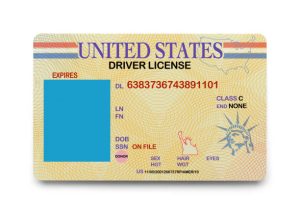
Key security features of genuine CDLs
Genuine Commercial Driver’s Licenses (CDLs) incorporate several sophisticated security features to prevent counterfeiting. Here are some key elements to look for:
-
Holographic overlays
-
UV-reactive ink
-
Microprinting
-
Digital watermarks
-
Laser engraving
| Feature | Description |
|---|---|
| Holographic overlays | 3D images that change when viewed from different angles |
| UV-reactive ink | Invisible patterns that appear under ultraviolet light |
| Microprinting | Tiny text visible only under magnification |
| Digital watermarks | Hidden images embedded in the license design |
| Laser engraving | Raised text or images created by laser technology |
Common red flags in fake licenses
When examining a CDL, be alert for these warning signs of a counterfeit:
-
Inconsistent font styles or sizes
-
Misspellings or grammatical errors
-
Poor quality printing or blurry images
-
Lack of security features mentioned above
-
Incorrect layout or information placement
Tools and technologies for detecting counterfeits
Law enforcement and employers use various tools to verify the authenticity of CDLs:
-
UV lights to reveal hidden security features
-
Magnifying glasses for examining microprinting
-
Barcode scanners to check encoded information
-
Online verification systems to cross-reference license data
-
Specialized software for analyzing digital security elements
These methods work together to create a robust system for identifying fake CDL licenses. Now that we’ve explored how to spot counterfeit licenses, let’s examine the serious consequences of using fake CDLs.
Consequences of Using Fake CDL Licenses
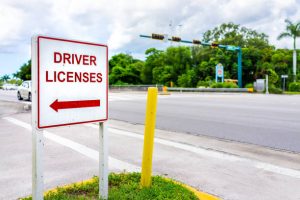
Legal penalties for holders
Using a fake CDL can result in severe legal consequences. Offenders may face:
-
Hefty fines (up to $250,000)
-
Imprisonment (up to 5 years)
-
Permanent disqualification from obtaining a genuine CDL
| Offense | Fine | Imprisonment |
|---|---|---|
| First-time | Up to $100,000 | Up to 1 year |
| Repeat | Up to $250,000 | Up to 5 years |
Impact on road safety
Fake CDL holders pose significant risks to public safety:
-
Lack of proper training and skills
-
Increased likelihood of accidents
-
Potential for cargo mishandling
Consequences for employers
Companies hiring drivers with fake CDLs face serious repercussions:
-
Legal liability for accidents
-
Damage to reputation
-
Financial losses from fines and lawsuits
-
Suspension or revocation of operating licenses
Long-term career implications
The use of a fake CDL can have lasting effects on a person’s career:
-
Permanent record of fraud
-
Difficulty finding employment in any field
-
Loss of professional credibility
-
Ineligibility for certain jobs requiring background checks
These consequences underscore the importance of obtaining a legitimate CDL through proper channels. The risks associated with using fake CDLs far outweigh any perceived benefits, making it crucial for individuals and employers to remain vigilant and compliant with licensing regulations.
Combating the Fake CDL Problem
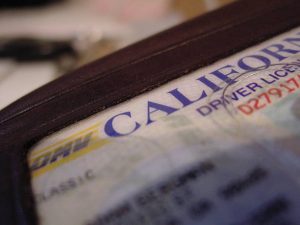
Law enforcement strategies
Law enforcement agencies are employing various tactics to combat fake CDL licenses:
-
Increased surveillance of known counterfeit operations
-
Undercover operations to infiltrate illegal CDL manufacturing networks
-
Collaboration with state DMVs to enhance security features on legitimate licenses
-
Specialized training for officers to identify fraudulent CDLs during traffic stops
Industry-wide initiatives
The trucking industry is taking proactive steps to address the issue of fake CDLs:
| Initiative | Description |
|---|---|
| Background checks | Thorough vetting of potential drivers |
| Regular audits | Periodic review of driver credentials |
| Reporting systems | Channels for reporting suspicious licenses |
| Certification programs | Industry-led programs to verify driver qualifications |
Technological advancements in license verification
Modern technology is playing a crucial role in combating fake CDLs:
-
Digital watermarks
-
QR codes for instant verification
-
Blockchain-based license tracking systems
-
AI-powered image recognition for detecting forgeries
Public awareness campaigns
Educating the public is essential in the fight against fake CDLs:
-
Social media campaigns highlighting the dangers of fraudulent licenses
-
Partnerships with trucking schools to educate new drivers
-
Informational websites providing resources on CDL verification
-
Whistleblower programs encouraging reporting of suspected fake licenses
Now that we’ve explored strategies to combat fake CDLs, it’s clear that a multi-faceted approach involving law enforcement, industry collaboration, technology, and public awareness is crucial in addressing this serious issue.

Fake CDL licenses pose a significant threat to road safety and the integrity of the commercial driving industry. From their manufacturing process to the severe consequences of using them, it’s clear that these counterfeit documents have no place in professional trucking. Identifying fake CDLs and understanding the legal ramifications of their use are crucial steps in combating this issue.
As responsible members of the trucking community, it’s our duty to report any suspicious licenses and support efforts to prevent their circulation. By staying vigilant and promoting proper licensing procedures, we can help ensure that only qualified, legitimate drivers are behind the wheel of commercial vehicles, making our roads safer for everyone.


